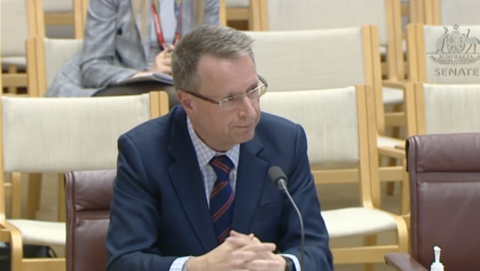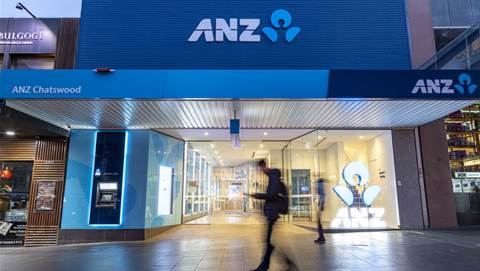The cost of the troubled parliamentary expenses management system (PEMS) rose to $74.3 million by June 2023, well beyond its original budget of $38.1 million, and the system still needs manual workarounds to meet some of its key requirements.

Moreover, more than five years into the project, the Department of Finance “has not assessed if the benefits of PEMS have been achieved", according to an Australian National Audit Office (ANAO) report.
The ANAO said that project, planning and risk management “were in place, although they were not impactful in driving successful project outcomes”.
The lack of requirements at the start of the project was the main source of its problems: “initial planning did not clearly define the scope and user requirements. This led to a significant increase to costs and multiple delays."
At this point, the system still falls short: the ANAO said the PEMS capability “does not meet all deliverables as agreed in the business case”.
It “meets basic requirements” processing parliamentary staff payroll, office and travel expenses, but there’s a “reliance on manual workarounds particularly for payroll services.”
There was also a lack of consultation with parliamentarians and their staff “to ensure
the system was simple and easy to use.”
Even so, the ANAO only offered two recommendations, to both of which Finance agreed.
The first requires a “clearly defined scope and deliverables” for future projects, with supporting processes; and the second, that Finance “completes a benefits realisation review by 2024” for PEMS.
PEMS was conceived in 2016 in the wake of parliamentary expense scandals like Bronwyn Bishop’s “Choppergate”, and the department told iTnews the system went live in 2018, after a decision was made to build it in-house.
At the time, the department claimed it would finalise the system by 2020.
That delivery date was missed, and in March 2021, the ANAO said PEMS was late and over-budget.
In February 2023, while the current ANAO review was still under consideration, then-CIO at Finance John Sheridan told Senate estimates the use of a contractor to build the formerly in-house project was a significant contributor to its growing costs.
Sheridan also said two elections and Covid lockdowns had both contributed to the project running behind schedule.
Special minister of state Don Farrell (now minister for trade and tourism) told the same estimates hearing the project had been driven by “technocrats”, with “insufficient involvement from the users of the system”.




















